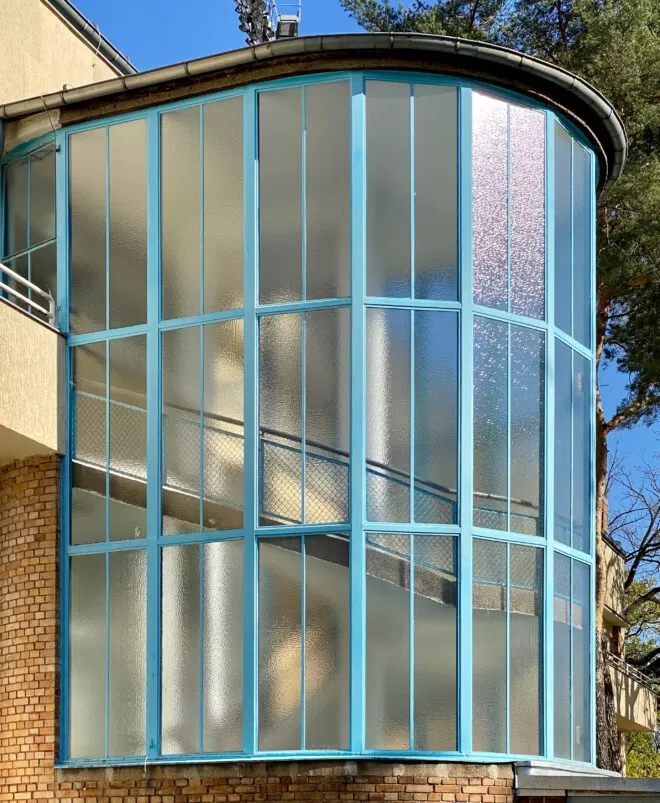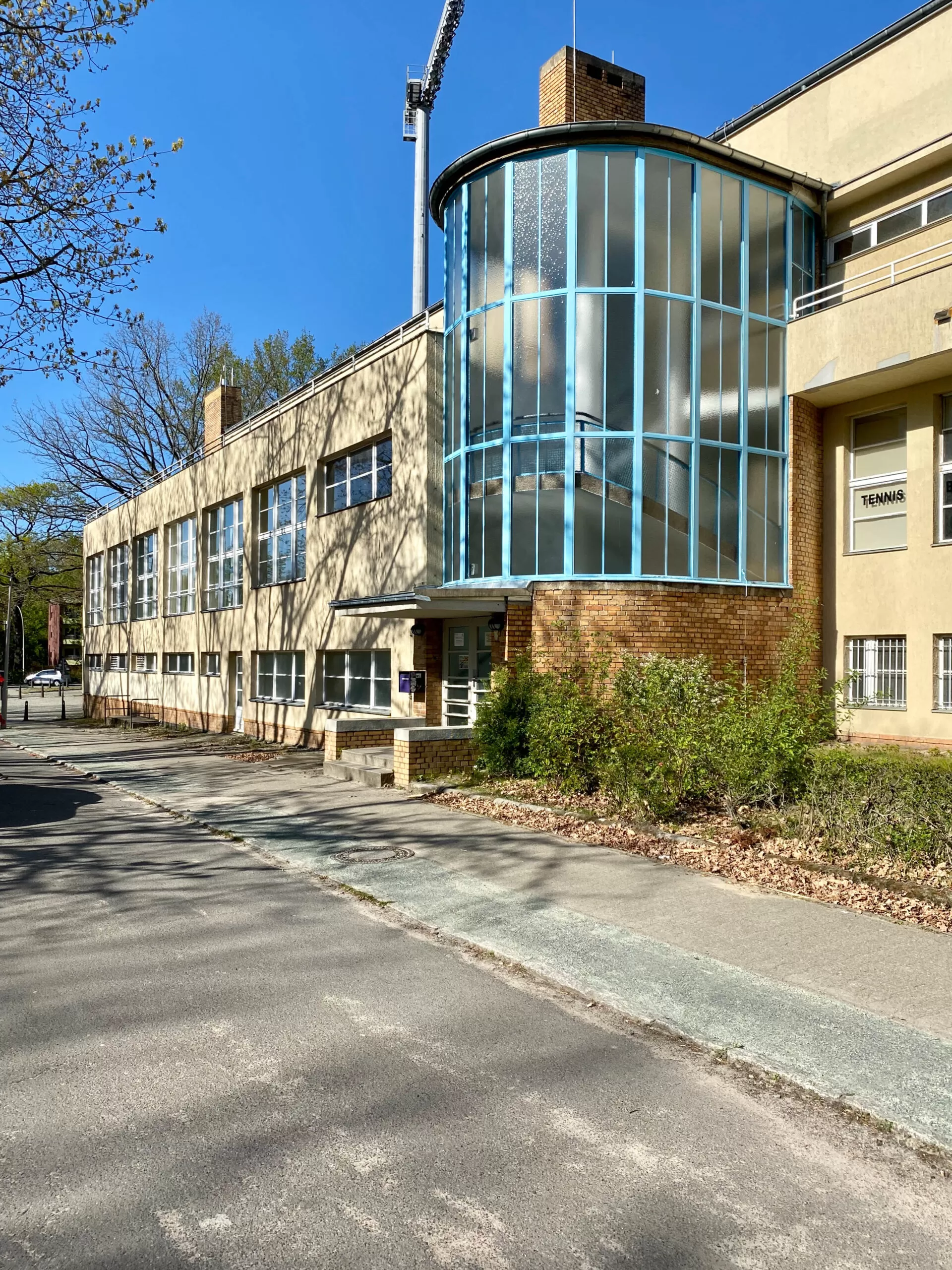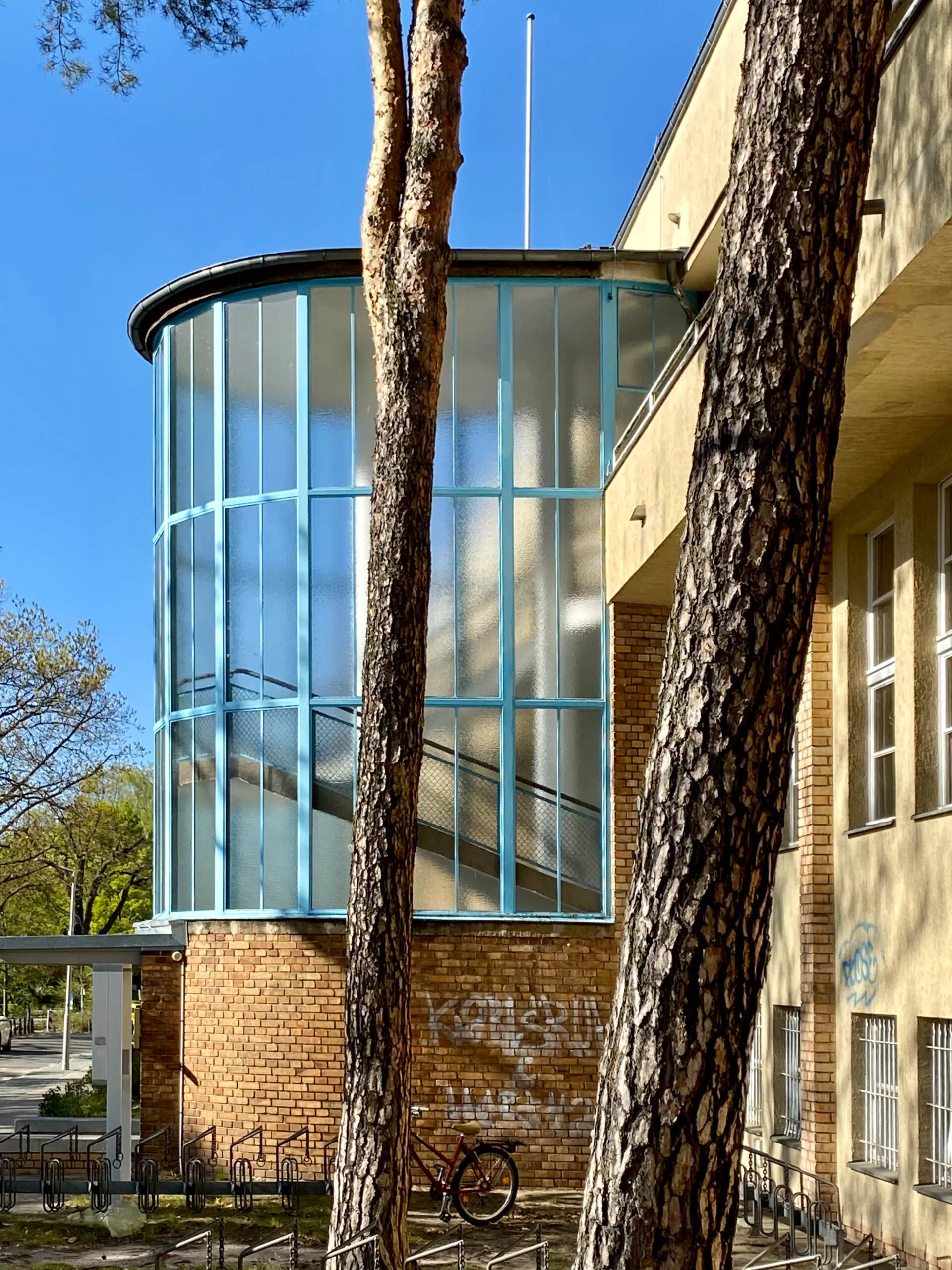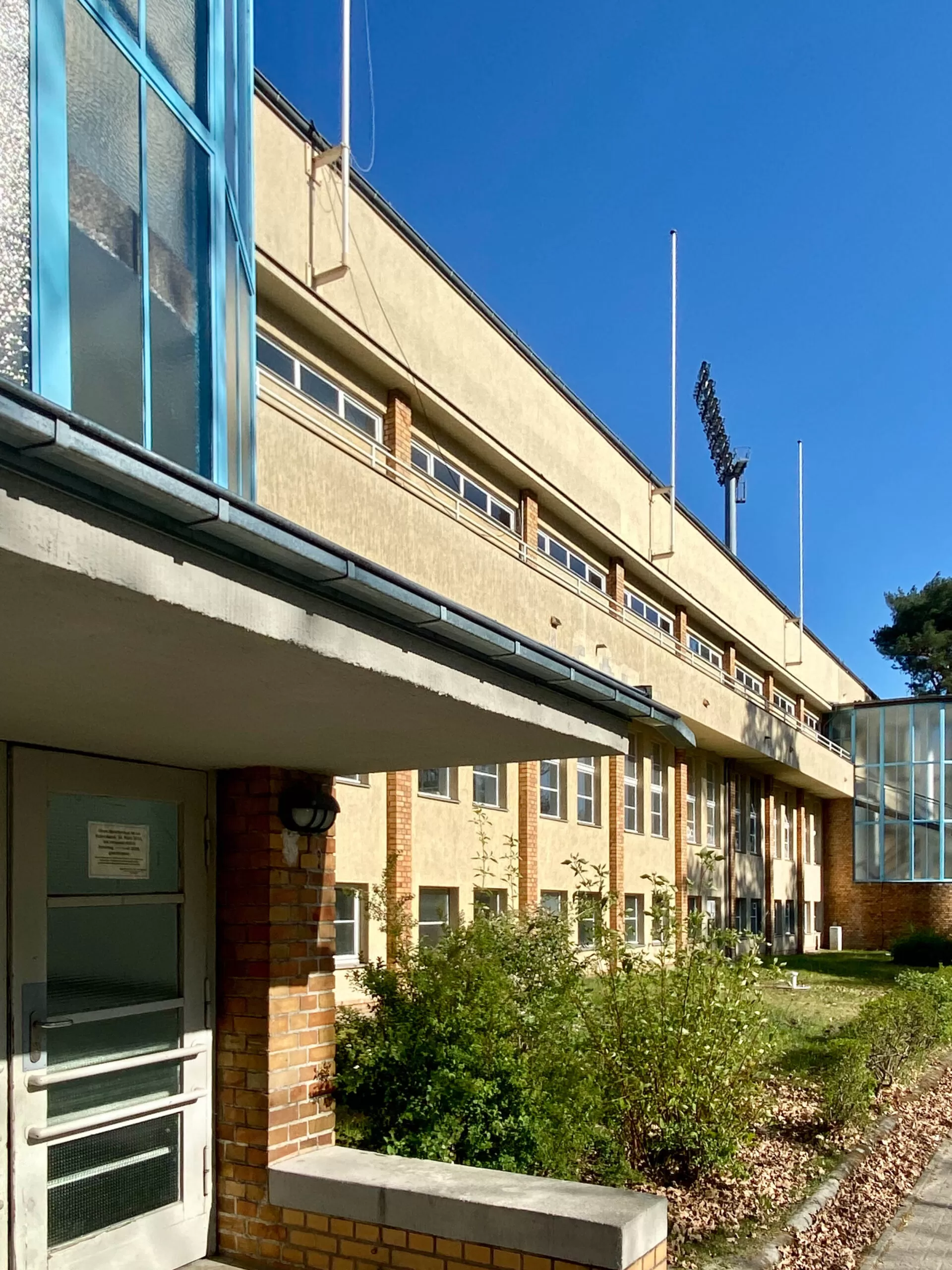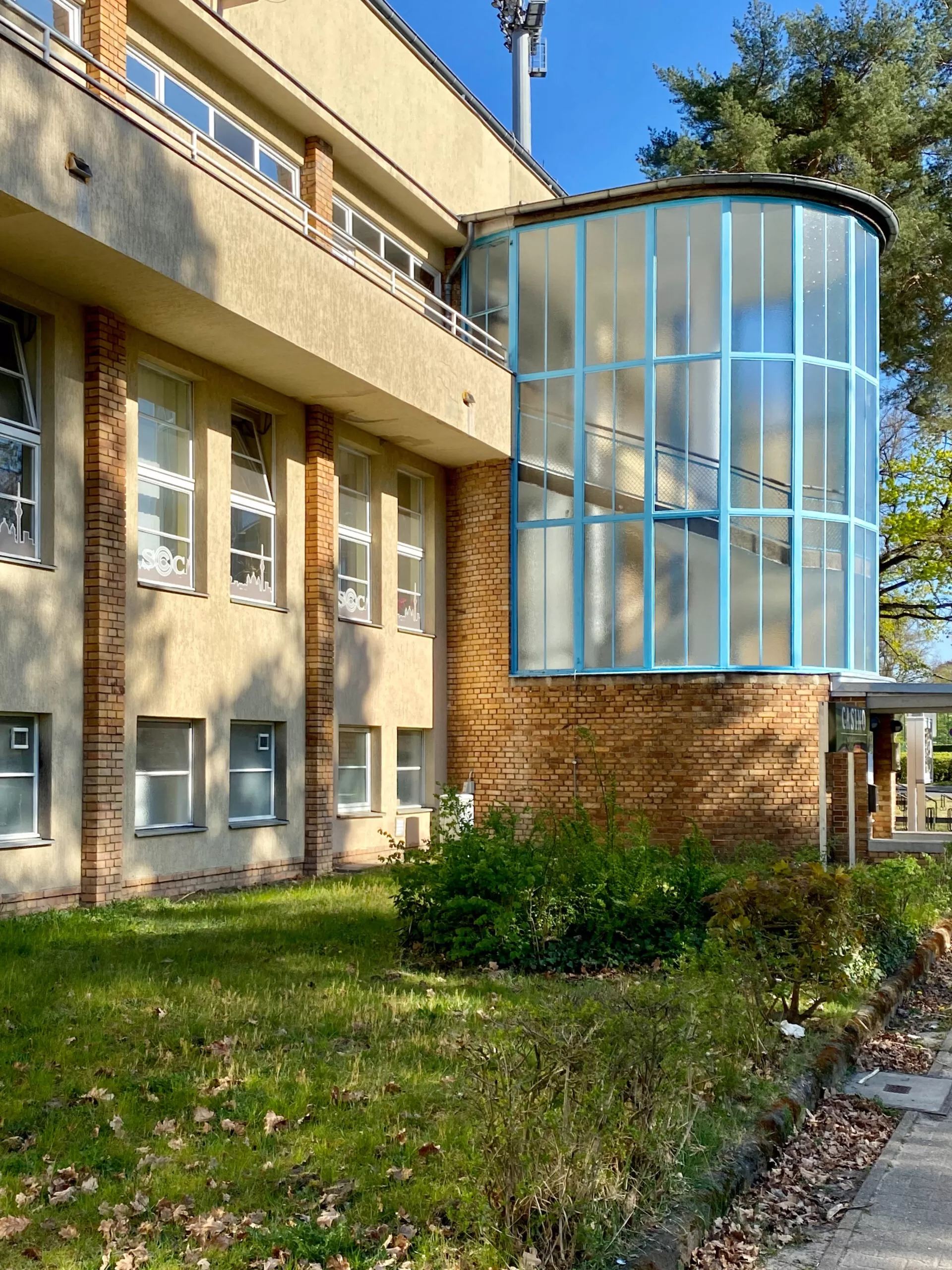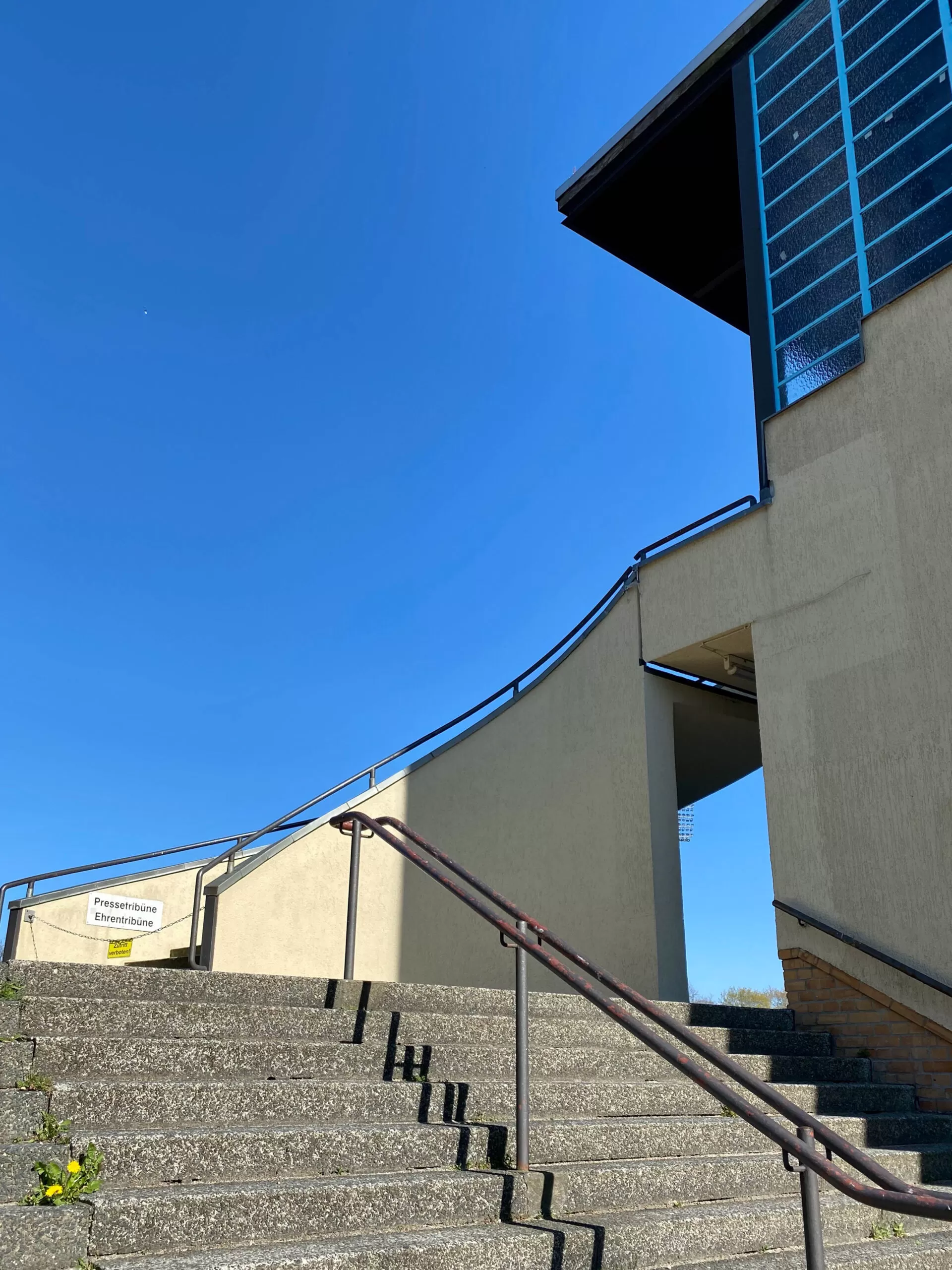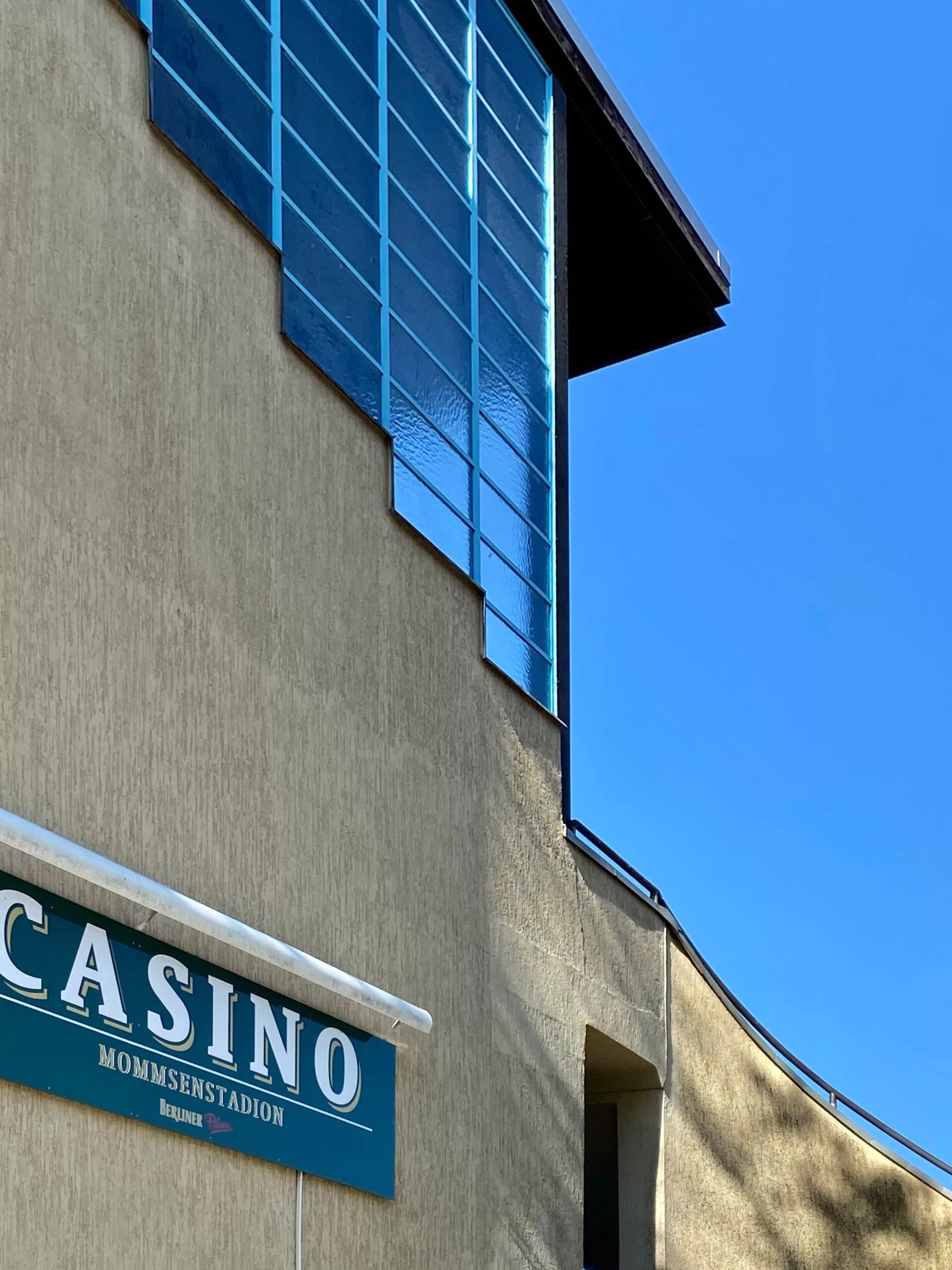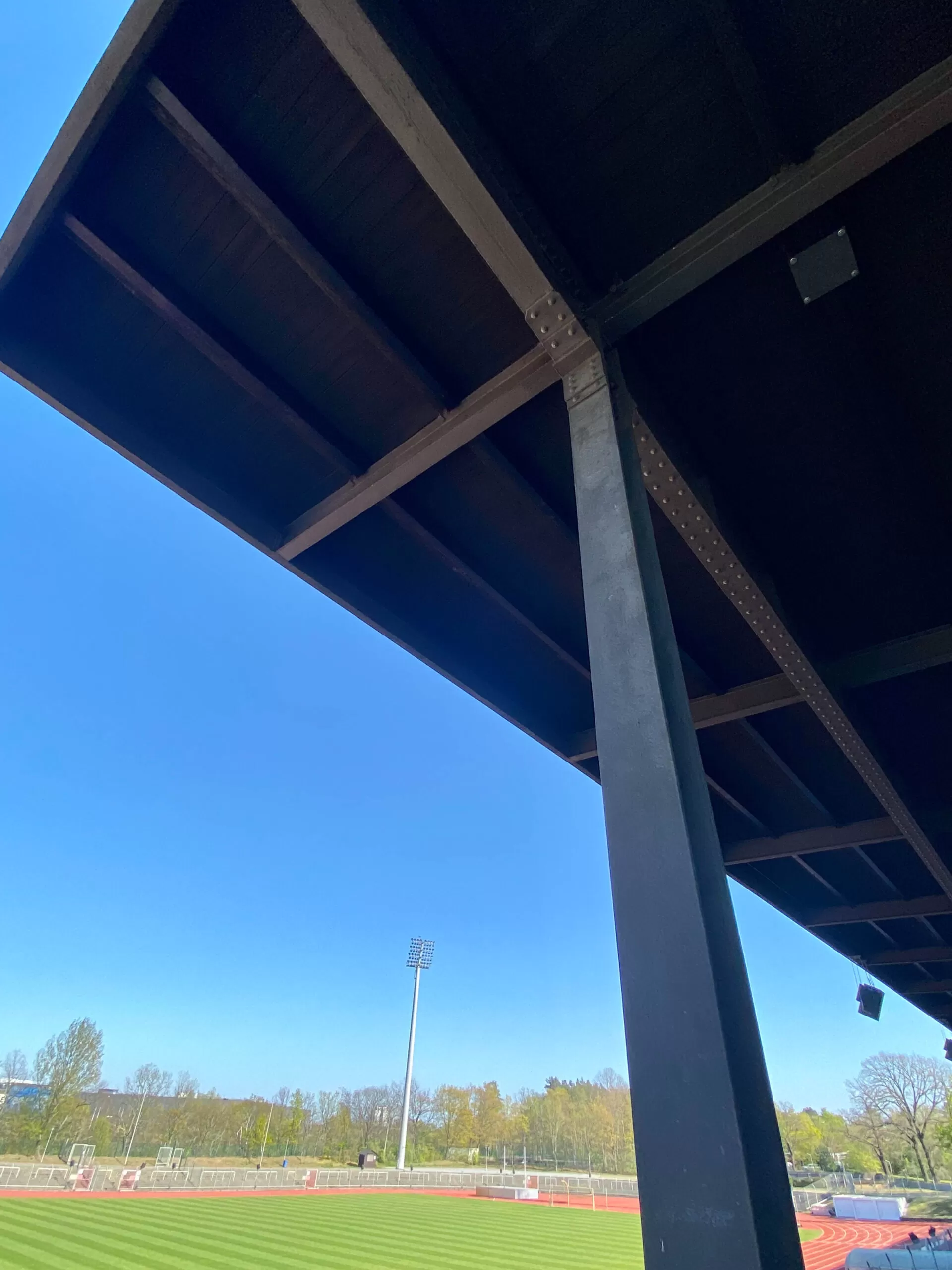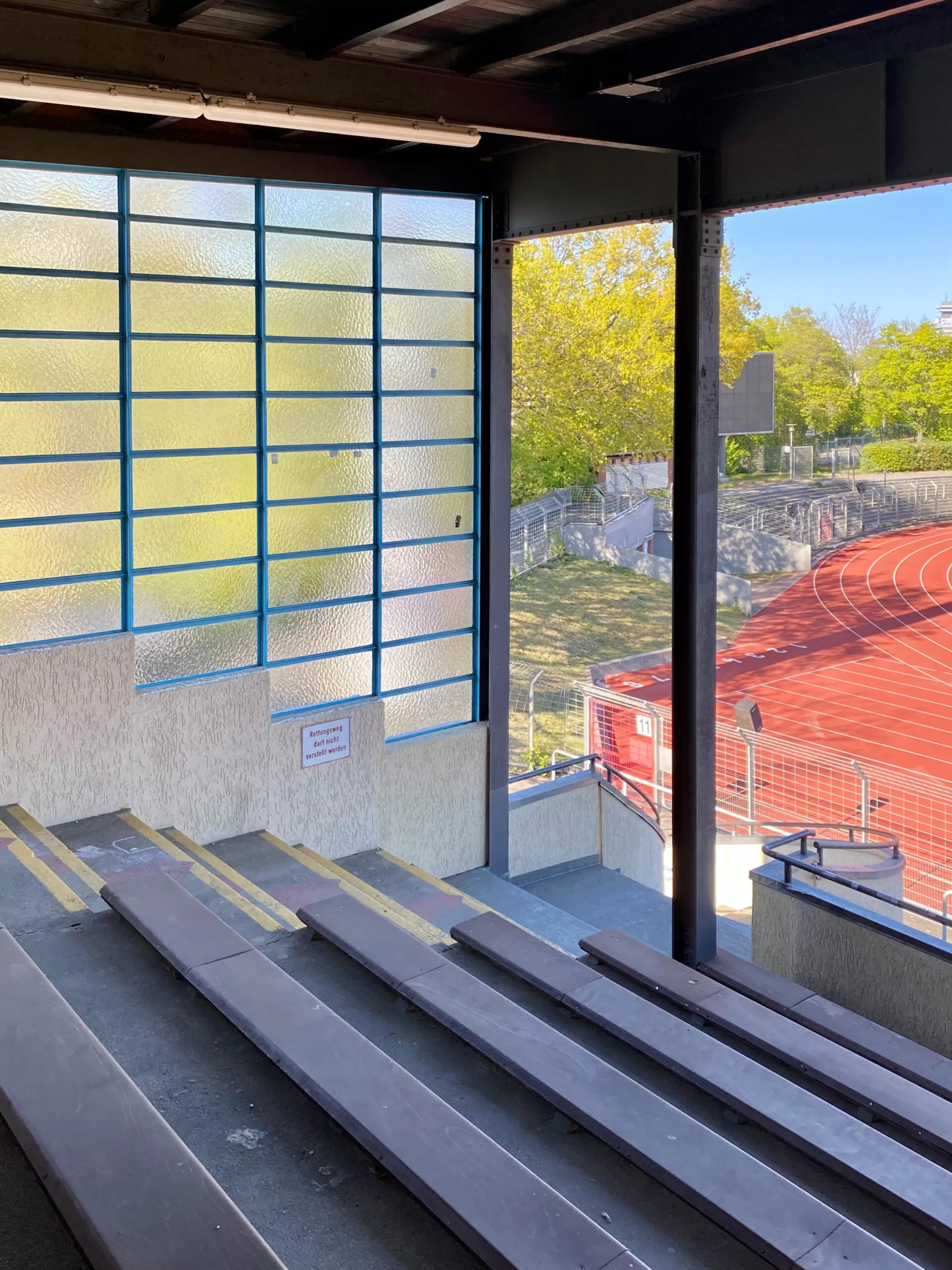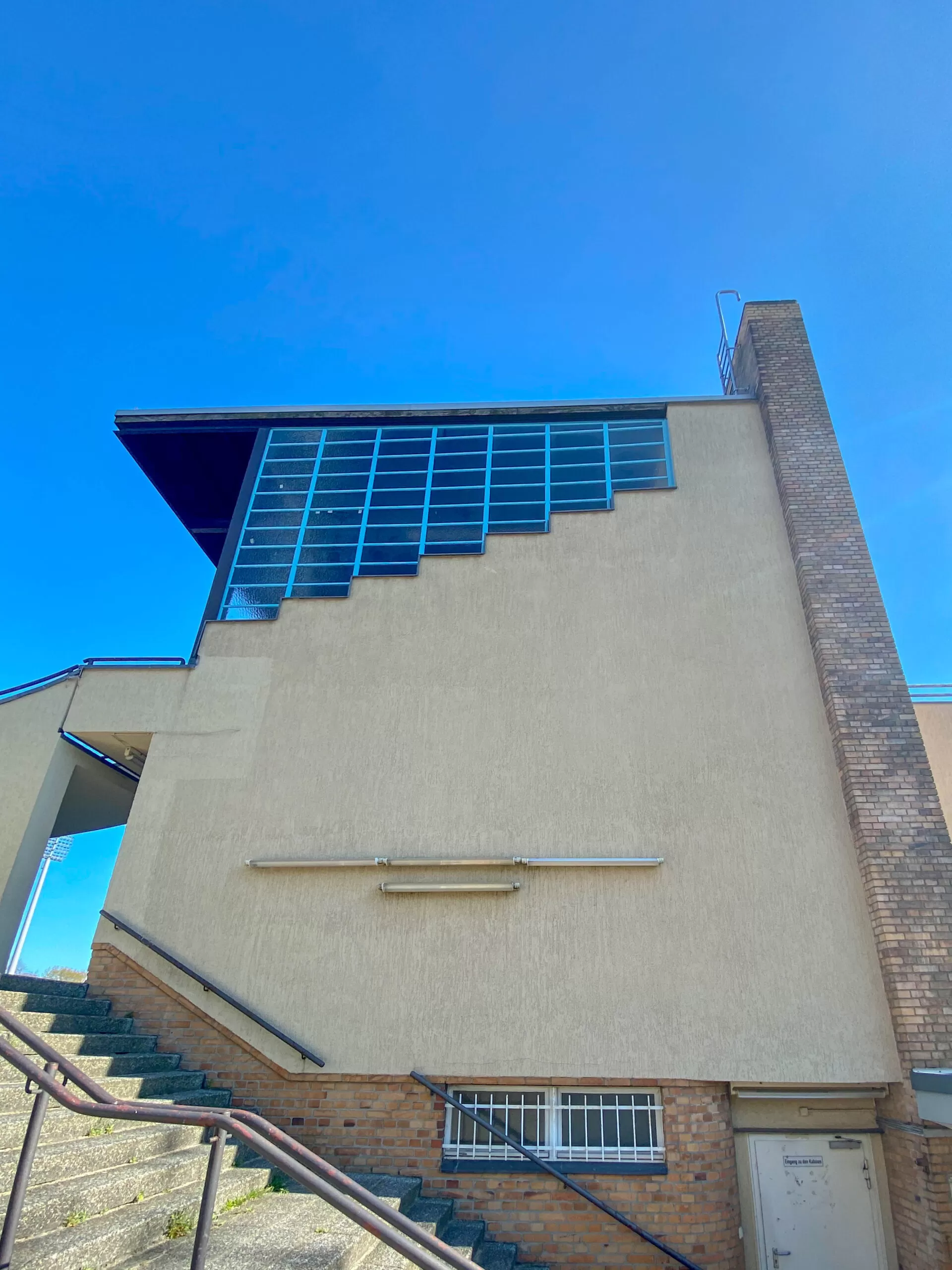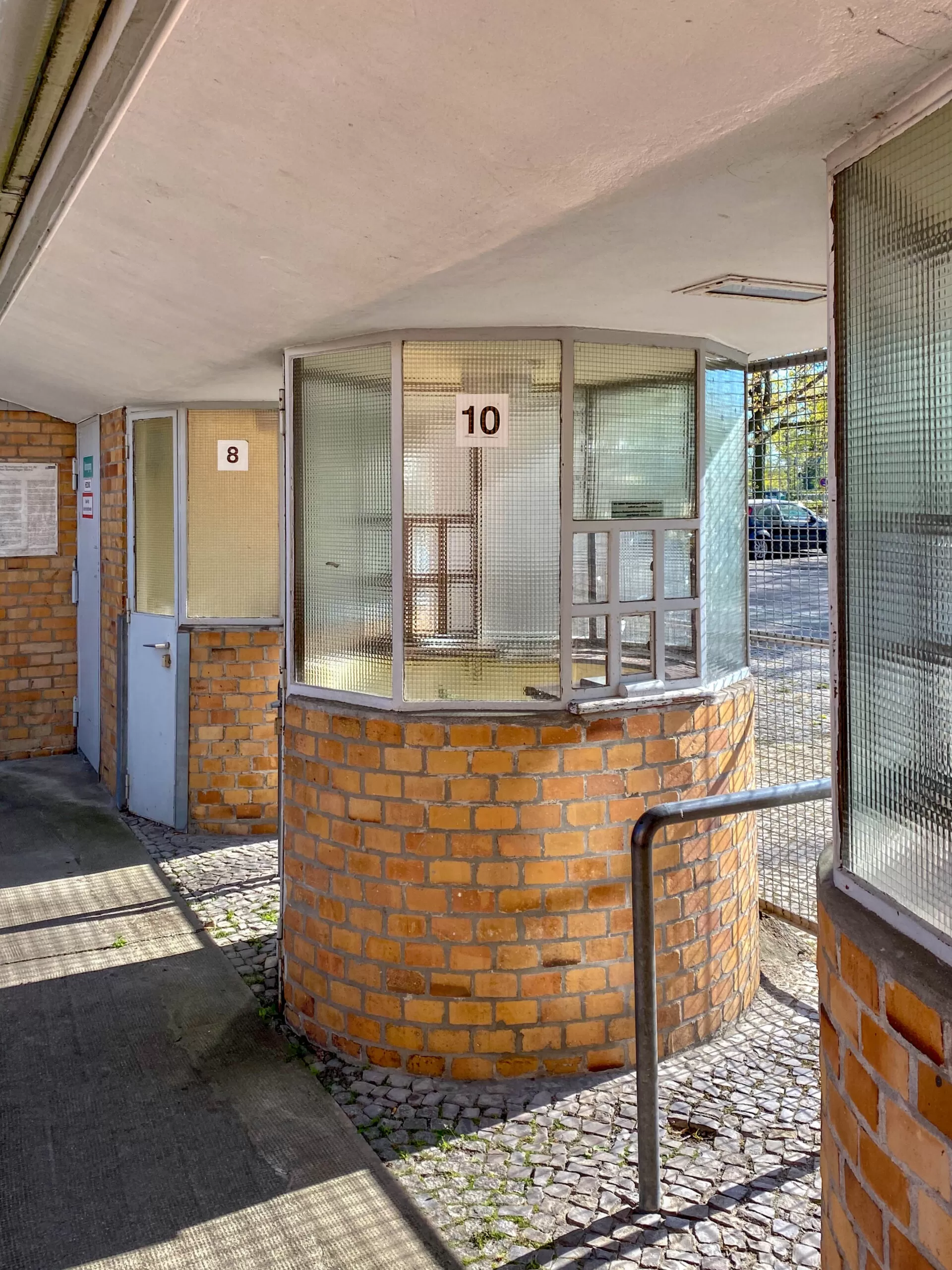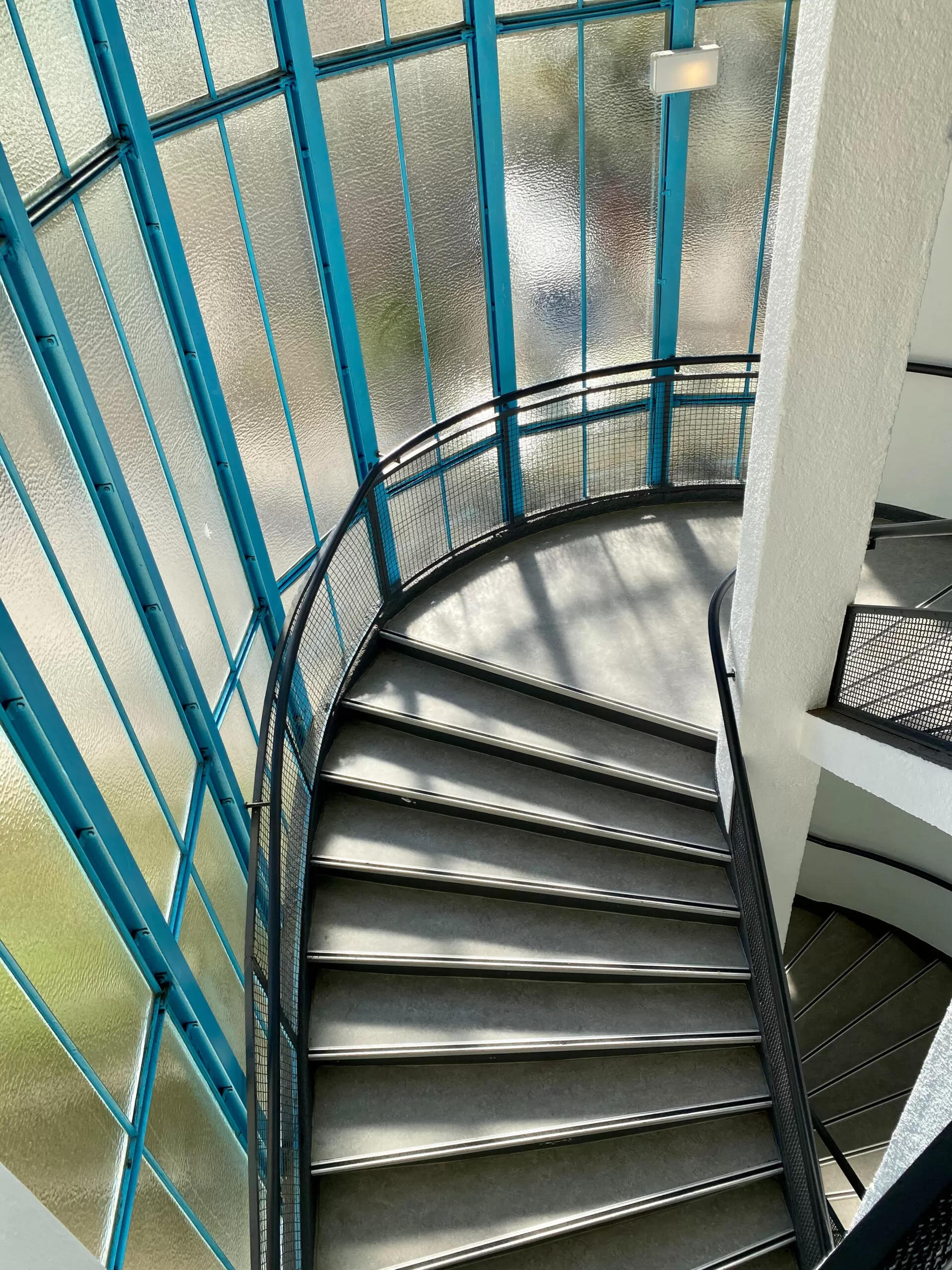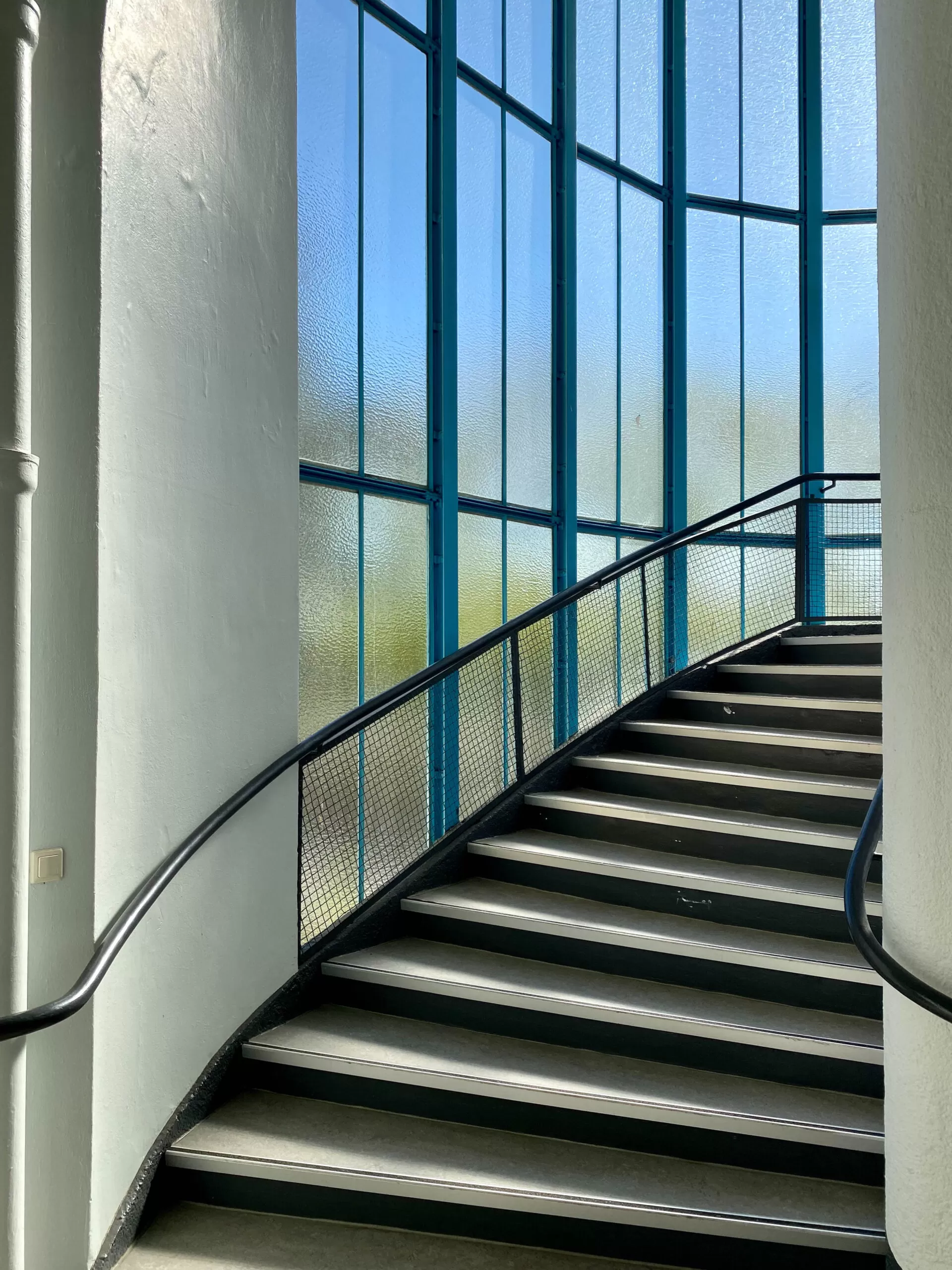1930
Architect: Fred Forbát
Waldschulallee 42-43, Berlin, Germany
Background
Fred Forbát, a former employee of Walter Gropius at the Bauhaus in Weimar, designed a sports stadium for the Charlottenburg Sports Club in 1930.
Located in the Westend district of Charlottenburg-Wilmersdorf on the edge of the Eichkamp housing estate, it was intended as a model development.
It was inaugurated on August 17, 1930, and was initially called the SCC Stadium because members of the Charlottenburg Sports Club had participated in its construction.
Building a new stadium in the midst of the Great Depression plunged the club into an economic crisis, especially since at the beginning of the 1930s large sections of the club’s members were unemployed and unable to pay their membership fees.
Waldschule
Lotte Kaliski had learned of this plight of the club and was looking for rooms for a forest school (Waldschule) to be founded.
At the turn of the year 1931/1932, Kaliski reached an agreement with the club’s management to rent rooms that would be used for the school during the day, but beyond that would continue to be used for the club’s purposes.
Under these conditions, on April 7, 1932, the Waldschulheim Eichkamp, which later became the Private Waldschule Kaliski, began its work with 26 students.
The seizure of power by the National Socialists put the running of the school to a severe test. At the end of October 1933, the lease of the Kaliski Private Forest School was terminated.
In 1934, the Theodor Mommsen Gymnasium, a forerunner of today’s Heinz Berggruen Gymnasium, which had previously been homeless and scattered among various locations, moved into the stadium’s tribune wing.
The principal at the time turned the school into a model National Socialist institution, which used the grandstand building until the start of World War II. It was from the Gymnasium that Mommsen Stadium got its current name.
Mommsenstadium
It is the home stadium of SC Charlottenburg and, since the end of the Second World War, also of Tennis Borussia.
After completion, the stadium had 1,750 seats and 36,000 standing places.
The steel skeleton structure of the grandstand roof stands on a three-story substructure that housed locker rooms, recreation rooms and a restaurant.
The façade of the 104-meter-long, three-story grandstand building is articulated by the two semi-circular projecting and two-story glazed stairwells.
In the northern part of the building is a somewhat wider hall wing, which is used as a gymnasium.

